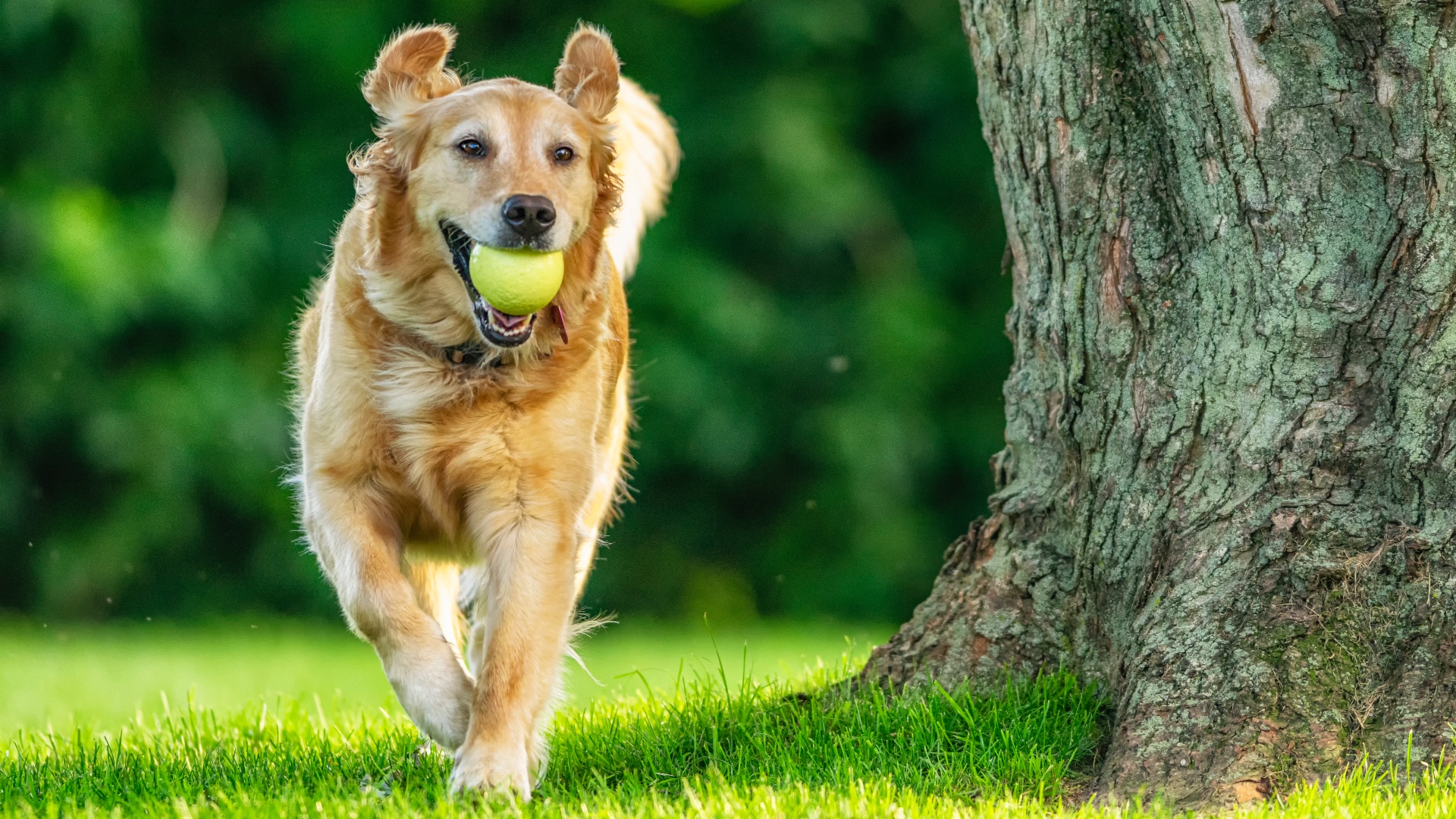
One of the biggest goals for most pet parents is ensuring they have a happy, well behaved dog who's able to remain calm — both at home and when they're out and about.
But unfortunately, even with the best puppy toys and treats that money can buy, many of us end up feeling a long way away from that dream.
Whether it's barking when the doorbell goes or lunging at every passerby, almost all of us at one stage or another will find ourselves wracking our brains trying to figure out how to calm a reactive dog.
Thankfully, expert trainer Amelia Steele has shared three things she recommends you do with your dog during adolescence to prevent the sort of reactive behaviors we all dread having to deal with — and they're equally helpful for adult dogs.
Let's take a look...
1. Implement a management system: "These are techniques you can use to prevent unwanted behaviours from being rehearsed (think fixation, barking, lunging etc.)," explains Steele.
"Management systems allow us to set our dogs up for success instead of always having to react to our dog's behaviour."
2. Avoid letting your dog greet every dog: "I see it all the time where “walks” just become letting your dog run riot with 20 other dogs at the park. While play and greetings between dogs can be great, they should be the minority," Steele says.
"It’s best to teach your dog that most dogs are just things we see and aren’t super exciting everytime. It also reduces the risk of your dog getting into a fight or having a bad experience with a dog.
"Remember that the adolescent phase is a vital developmental stage and bad experience at this age can shape their future behaviour."
3. Focus on engagement: "When I say this I don’t necessarily mean hammer out training or focus on games, more that building a strong relationship with your dog routed in fun is an amazing way to set your dog up for the future," Steele explains.
"Again, it’s too easy to become complacent and stop training during adolescence so our dogs learn that we are the least interesting thing in the environment.
"Instead of taking your dog for a walk where you ignore them, try to incorporate fun, play, activities and training, to really build that communication both ways!"
While the tips above are a great place to start when it comes to giving your dog's happiness and behavior a nudge in the right direction, training takes time, patience and consistency.
If you feel your pup would benefit from some 1:1 support, we recommend reaching out to a professional trainer.
Check out our guide to how to spot dog trainer red flags to ensure you're working with someone who's suitably qualified and uses positive training methods.
Don't miss out! We found the best Black Friday pet deals to save you searching.







